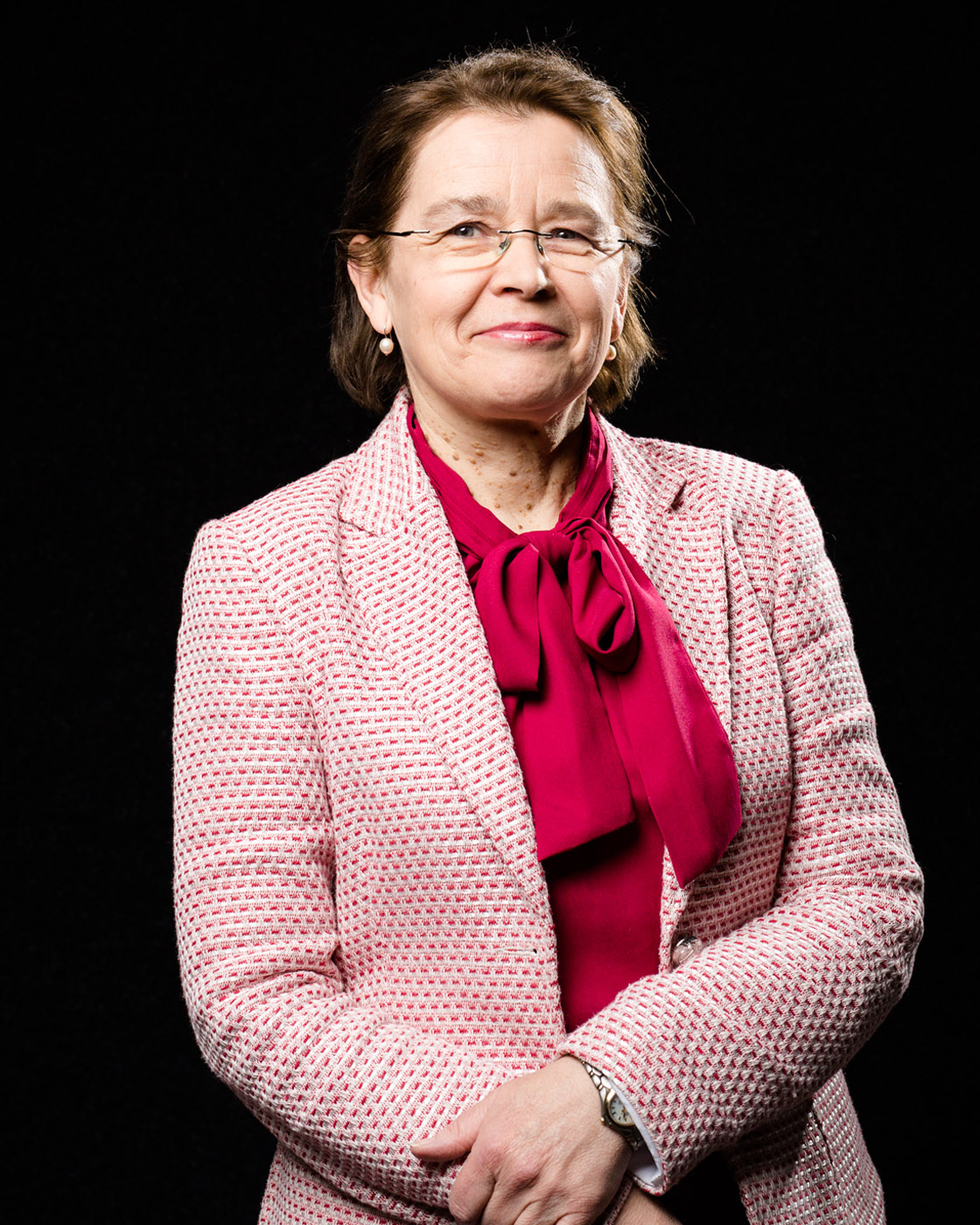BUSINESS INTELLIGENCE
Using business intelligence to boost planning and decision-making in the social welfare and healthcare sector.
The project ended in 2014
Comprehensive, future-oriented information on development trends in citizens’ well-being is not being used to support the managing of social and health services. Management information currently looks to the past, monitoring indicators are function-specific and information does not support strategic decision-making. Information is also distributed between multiple systems.
The Finnish government has launched a service structure reform of the social welfare and healthcare sector. Reform proposals include, for example, a model for integrated social and health services. This will require the compilation, assembly, combination and visualisation of information in a manner that enables overall management – in place of the existing function and branch-specific information.
Better processing of existing information will provide significant benefits in support of decision-making and planning. Adopting a business intelligence approach will help ensure that management decision-making in the social and health sector is supported by the most recent, highest quality information on the past, present and future.
Reliable information in support of decision-making
Sitra has the goal of creating a business intelligence-based operating model and tools for use by the social welfare and healthcare sectors, in support of decision-making.
The model will define key information required in decision-making, as well as specifying how to produce and present such information. The ultimate goal is to create a manual and the necessary application software, which will be made nationally available. Relevant aspects include the prediction of welfare service demand, and services that are allocated and produced using the available resources. Management will monitor supply and demand through the use of welfare indicators.
A preliminary plan for the indicators divides them into three groups:
- Preventive action is the most cost-effective way of ensuring the well-being of citizens.
Examples of indicators: number of people excluded from education; number of daily smokers; number of people who exercise; obesity. - Operational performance indicators highlight the internal efficiency and quality of social and healthcare sector organisations. Examples of indicators: operating costs of residential care activities for the elderly; number of repeat operations; number of personal injuries to patients; use of electronic reservation systems; number of people on income support.
- Effectiveness indicators show the end results of activities. Examples of indicators: customer satisfaction; potential years of life lost; the prematurely retired; people over 75 living at home.
The operating model is being jointly developed through a pilot project by Sitra and the South Karelia Social and Health Care District (Eksote).





LATEST